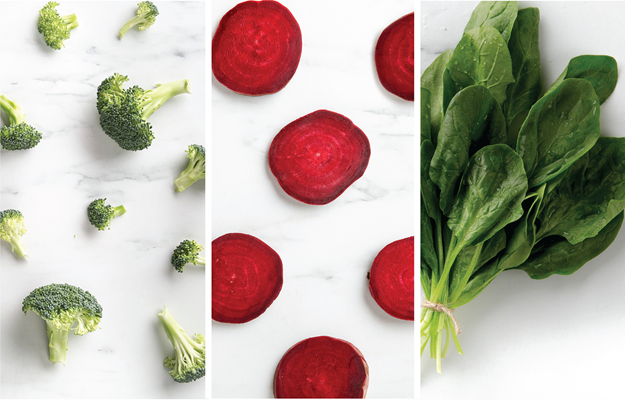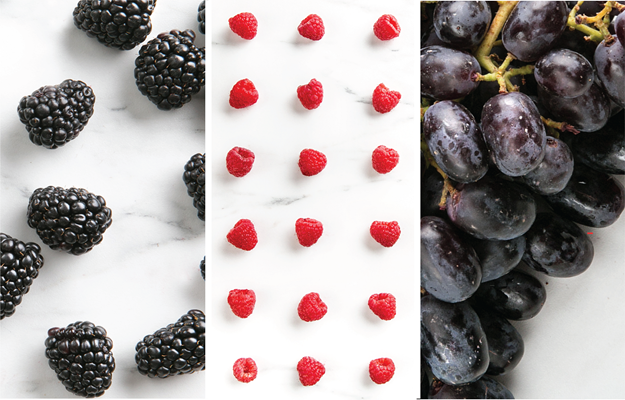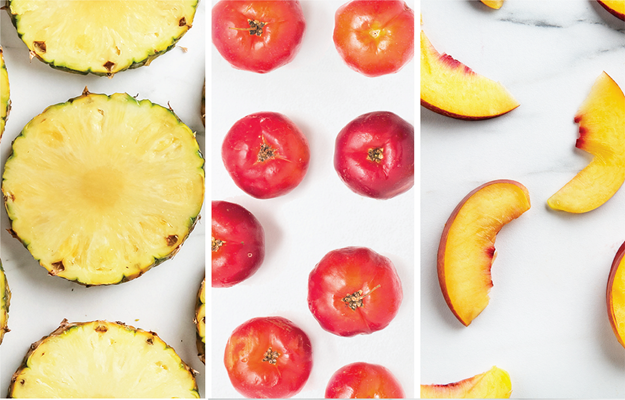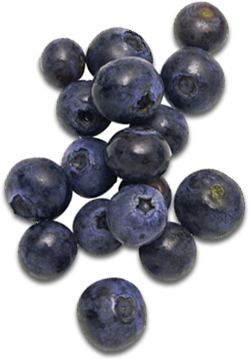no items to display
Happy Eat More Fruits and Vegetables Day! You’ve no doubt read many times about the health benefits of eating a diet rich in fruits and veggies, but now there’s one more reason to load your plate with these health-giving foods. With the beautiful spring weather finally here, now’s the perfect time to visit your local farmer’s market or the produce section of your grocery store. Here are some fruits and vegetables to look for now and in the coming months. We love them all so much, they’re featured in our three blends!









